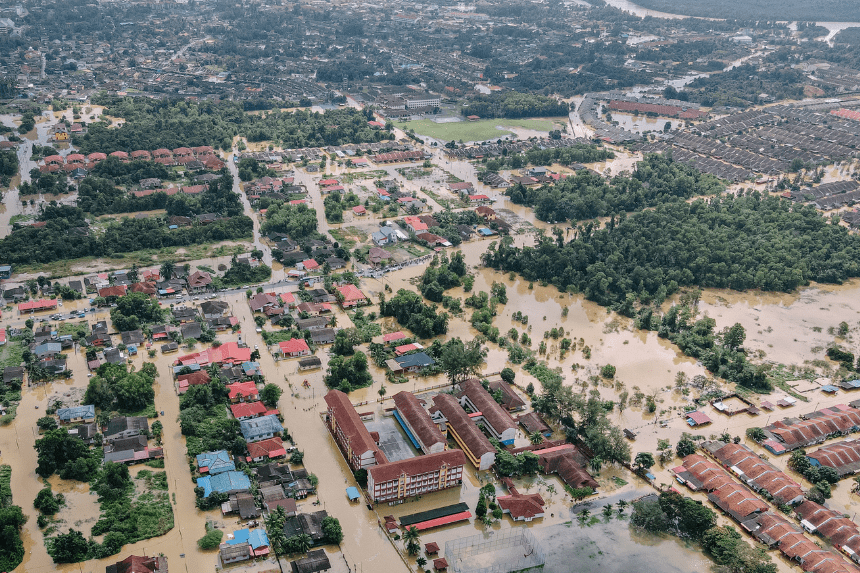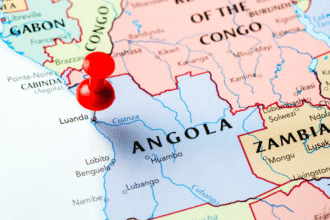In Maiduguri, Northeast Nigeria, last year’s floods are fresh with disaster pain. In 2024, torrential rains and a collapsed dam left dozens of people dead and forced over two million people to flee. As the 2025 rainy season peaks, anxiety increases once again. Many are left, still displaced, and lack adequate shelter, clean water, or a stable food supply.
The entire communities were erased. The fields, schools, markets, and houses were swept away in minutes. Although the Borno state government launched a response plan, thousands of people live in Limbo. The threat of repeat floods harasses the residents, especially in the region to have been displaced over the years of extremist violence.
What Caused the 2024 Flood Disaster?
The crisis began with the failure of the Alau Dam on the outskirts of Maiduguri. Built in 1986 and maintained by the Nigerian government’s Chad Basin Development Authority (CBDA), the dam had weakened over the years of neglect. Boko Haram’s long-standing insurgency made routine maintenance nearly impossible.
Heavy rainfall overwhelmed the worn-out dykes, releasing massive volumes of water that rushed into Maiduguri. Many neighborhoods were submerged within hours. The incident revealed deep structural vulnerabilities in the region’s water infrastructure, worsened by ongoing conflict and insufficient disaster preparedness. Here is the link to our article on Flood Leaves Missing.
How Are Residents Coping Today?
For thousands, the aftermath of the flood disaster continues. Survivors like Sa’adatu Dahiru lost loved ones, homes, and livelihoods. Her two-year-old son died from hunger and illness during the floods. Despite receiving a small cash grant at the time, she says long-term promises of aid remain unfulfilled.
Others, like 72-year-old Maryam Jidda, were twice displaced—first by insurgents, then by the floodwaters. Now, she lives in a makeshift camp with little access to food or clean water. Her home, photos, and family history were all washed away. Like many others, she asks: “How do I rebuild with nothing?”
What Impact Has It Had on the Youth?
Young people have been hit especially hard. Education was disrupted, and many lost access to the informal jobs they relied on. Twenty-one-year-old Ali Kadau was working at a local mechanic shop before the disaster destroyed it. His family’s home, built with mud, crumbled under the pressure of rising waters.
Today, Kadau picks up odd jobs at the market just to eat. “The flood took everything,” he says. His story echoes across Maiduguri—thousands of young Nigerians now face an uncertain future, trapped between displacement and poverty. Here is the link to our article on Flood Highlights Vulnerability.
What Steps Has the Government Taken?
The Borno State government responded by setting up relief shelters, distributing aid, and working to rebuild damaged infrastructure. Governor Babagana Zulum emphasized the difficulty of supporting two million displaced people in a region already burdened by over one million internally displaced persons (IDPs).
A committee raised ₦28.2 billion ($18 million) through federal and international support. Aid was provided to over 100,000 households. Additionally, traders, religious institutions, and private schools received financial support to restart operations. Efforts are ongoing to desilt rivers and upgrade boreholes to prevent future crises.
Will Rebuilding Be Enough?
Despite these measures, a full recovery remains distant. The government has requested an additional ₦61 billion to restore critical infrastructure like bridges, roads, and hospitals. However, the risk is that without another immediate disaster, funding approvals may be delayed.
For many, that delay could be devastating. The rainy season is already peaking, and fears of another flood disaster are growing. While dam reconstruction is underway, it’s uncertain whether improvements will come in time to prevent another humanitarian crisis.
Final Thoughts
The 2024 flood disaster in Maiduguri highlighted the fragility of both infrastructure and the emergency response system. A year later, the remaining people got stuck in displacement, with limited options for the reconstruction of their lives. As it rains, the area occurs at an intersection. Without immediate investment and continuous support, the human cost of this disaster may continue to increase.
The time of long -term solutions is now. For residents of Maiduguri, this question is not only about existence – it is about whether hope can be restored even after damage.








